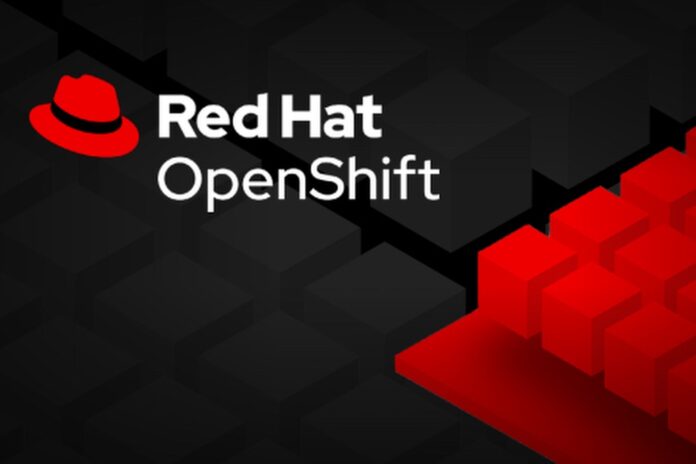The idea is to support infrastructure that can meld older, virtualised applications with newer, cloud-native ones
Red Hat has announced that OpenStack Services on OpenShift, the latest major release of the OpenStack Platform, is now widely available.
The company describes it as “a significant step forward in how enterprises, particularly telecommunication service providers, can better unify traditional and cloud-native networks into a singular, modernized network fabric”.
Virtualisation and cloud
The company says the release is designed to meet the needs of network infrastructures and their automated resource scaling at the edge. The idea is that the architecture can optimise use of resources wherever applications are located. This means the underlying infrastructures must meld older virtualised applications with modern cloud-native ones.
Red Hat says OpenStack Services on OpenShift can deploy compute nodes four times faster than Red Hat OpenStack Platform 17.1 – as measured in Red Hat labs in April 2024.
The company lists other benefits as:
- faster time-to-market with Ansible integration
- a scalable OpenStack control plane that can manage Kubernetes-native pods running on Red Hat OpenShift
- easier day 2 operations for control plane and lifecycle management
- better cost management
- freedom to choose third party plug-ins and virtualise resources
- improved security and compliance scanning of the control plane
- role-based access control encrypts communications and memory cache
- deeper understanding of the health of users’ hybrid cloud, with visibility of the user and cluster operator, and an OpenShift cluster logging operator.
Red Hat states that the AI-optimised infrastructure helps speed up hardware with the aim of “seamless integration and efficient utilization of specialized hardware for AI tasks”.
Operators’ view
Nilay Rathod, Technology Automation and Services Lead, Spark New Zealand, comments,”Spark is pleased Red Hat is continuing to evolve Red Hat OpenStack Platform. Red Hat OpenStack Services on OpenShift will help to further enhance our telecommunications infrastructure, providing even greater flexibility, scalability and resilience. Our collaboration with Red Hat continues to drive innovation, allowing us to deliver superior performance and reliability to our customers. Together, we are building the future of New Zealand’s wireless mobile networks.”
Takeshi Maehara, Deputy GM, Network and Cloud Platforms at KDDI, adds, “KDDI has been a longstanding user of both Red Hat OpenStack Platform and Red Hat OpenShift and we’re excited about this next evolution. These solutions have enabled us to quickly and flexibly develop and deploy new services and applications. This integration will allow organizations like KDDI to modernize and manage complexity from the core to the edge.”



